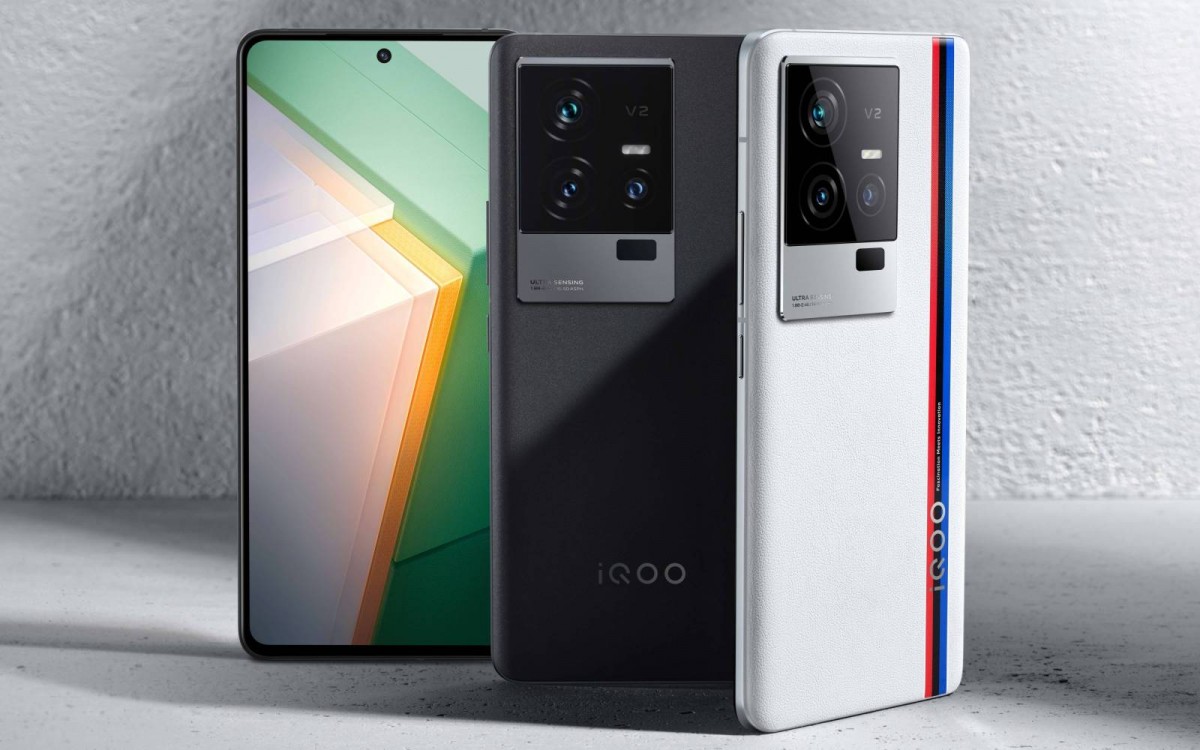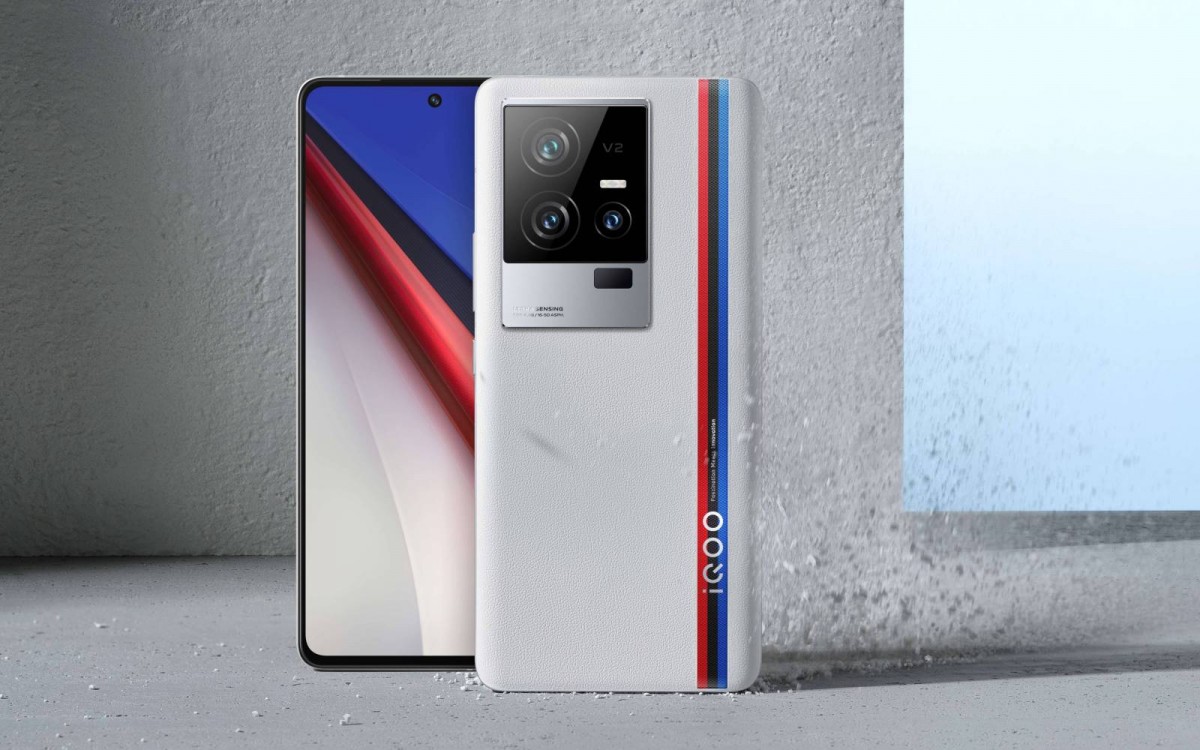Both phones have a 6.78-inch 1440x3200px Samsung E6 AMOLED with a maximum refresh rate of 144Hz. Both also share the same computing platform, which is an impressive one – it’s all based around a 4nm Snapdragon 8 Gen 2 chipset paired to 8GB, 12GB, or 16GB of RAM. The pair also bring a new generation storage – UFS 4.0, which promises to be faster than the current UFS 3.1.
iQOO 11 and 11 Pro are official with Snapdragon 8 Gen 2 Chipset
More interestingly, users can expand the memory with Extended RAM 3.0 by up to 8GB. Being an iQOO, it means that gaming is high on the list of priorities, so vivo has equipped the phones with a Vapor Chamber cooling system with a 4,013mm2 stamped stainless steel chamber. The cameras are a bit different between the iQOO 11 and the 11 Pro. The iQOO 11 has a 50MP 1/1.57-inch type Samsung GN5 main camera, a 13MP 3x “portrait” camera, and an 8MP 16mm fixed-focus ultrawide. The iQOO 11 Pro brings a 50MP Sony IMX866 1/1.49-inch type sensor for its main cam, a 50MP 150° ultrawide, and the same 13MP 3x “portrait” camera. Another difference between the iQOO 11 and the 11 Pro is the front glass. The Pro has curved glass over the 6.78-inch display, while the iQOO 11’s display has just the edges in a more conventional 2.5D curve. Another difference is the batteries. The iQOO 11 has a 5,000mAh battery that can recharge as fast as 120W. The iQOO 11 Pro brings the battery size down to 4,700mAh but the charging goes up to 200W. The Pro also has 50W wireless charging, which is missing from the vanilla model. The iQOO 11 Pro will be available for pre-order on December 21 in China. Pricing details are – CNY 4,999 for the 8/256GB model, CNY 5,499 for the 12/256GB model, and CNY 5,999 for the 16/512GB model. See Also: vivo Y22 Launched in Pakistan with Amazing Camera Features and Trendy Design

